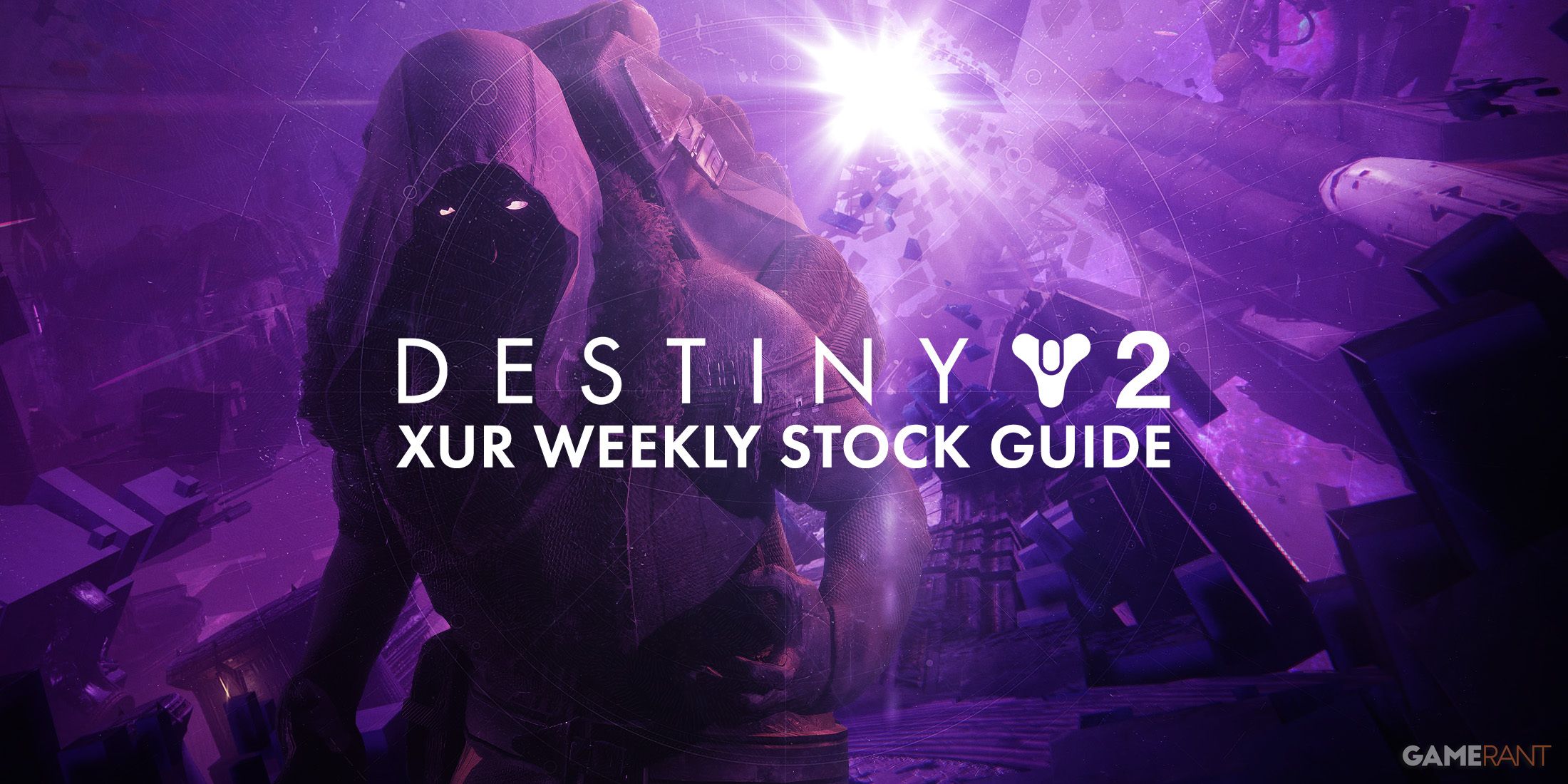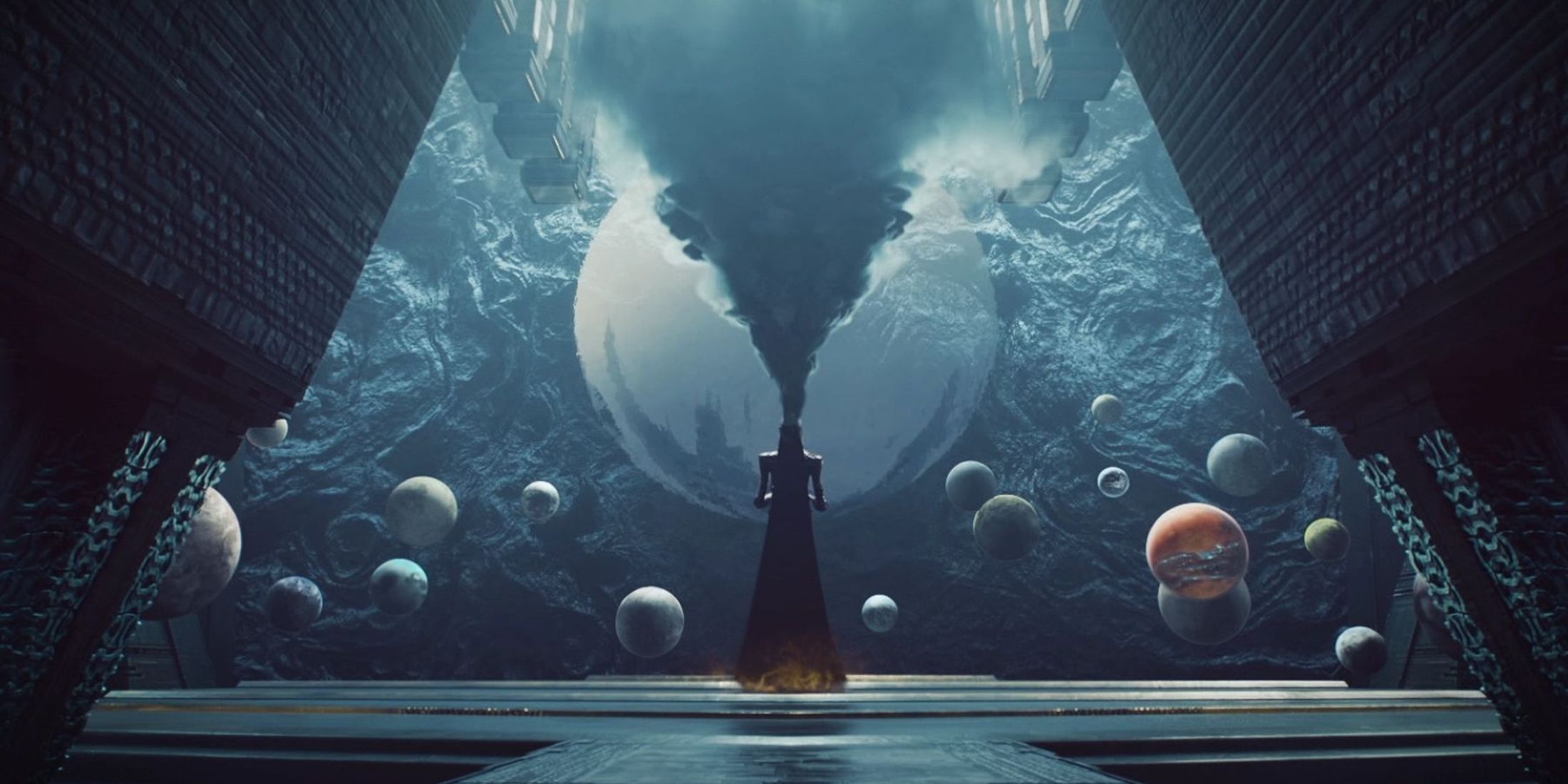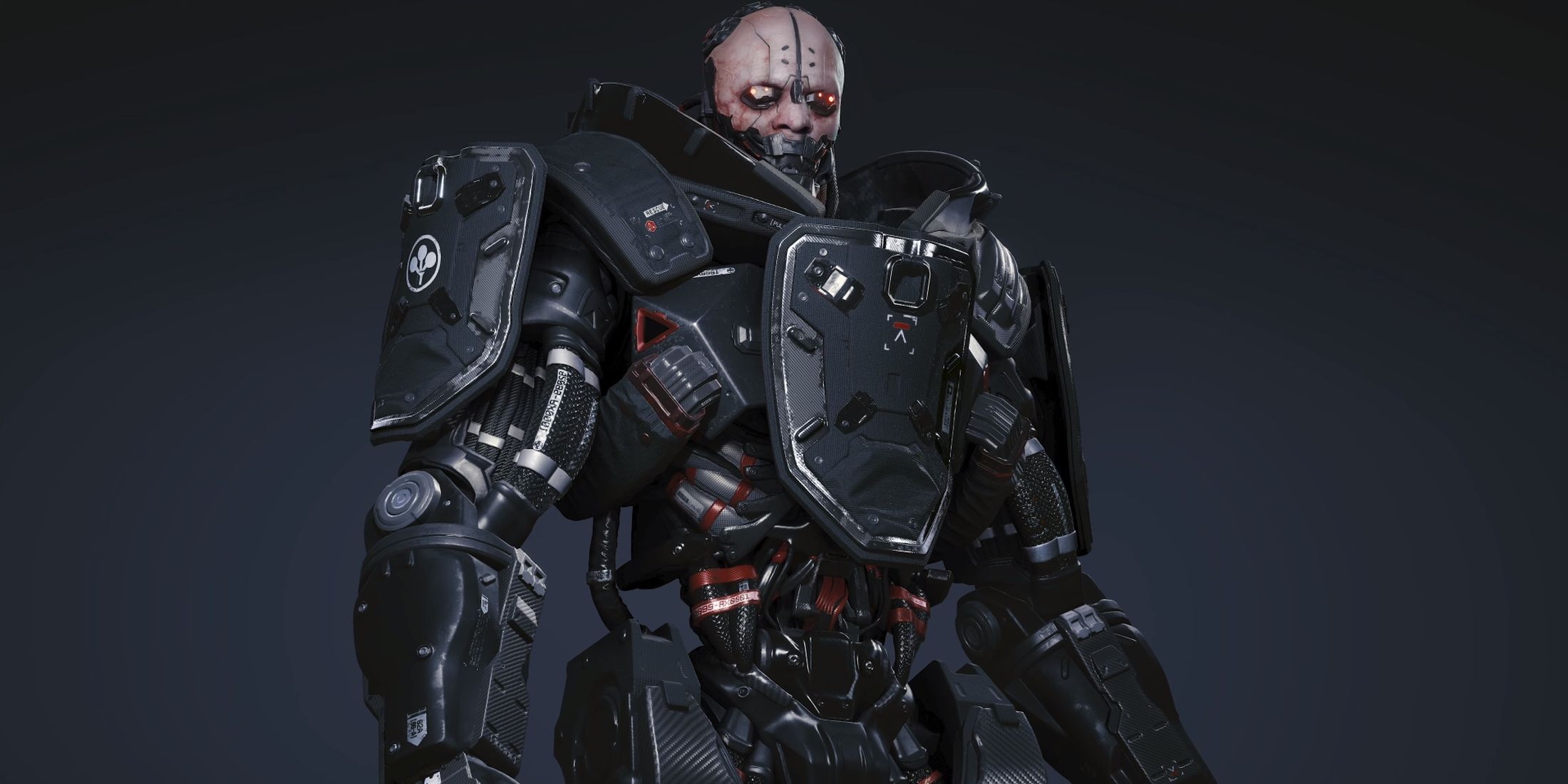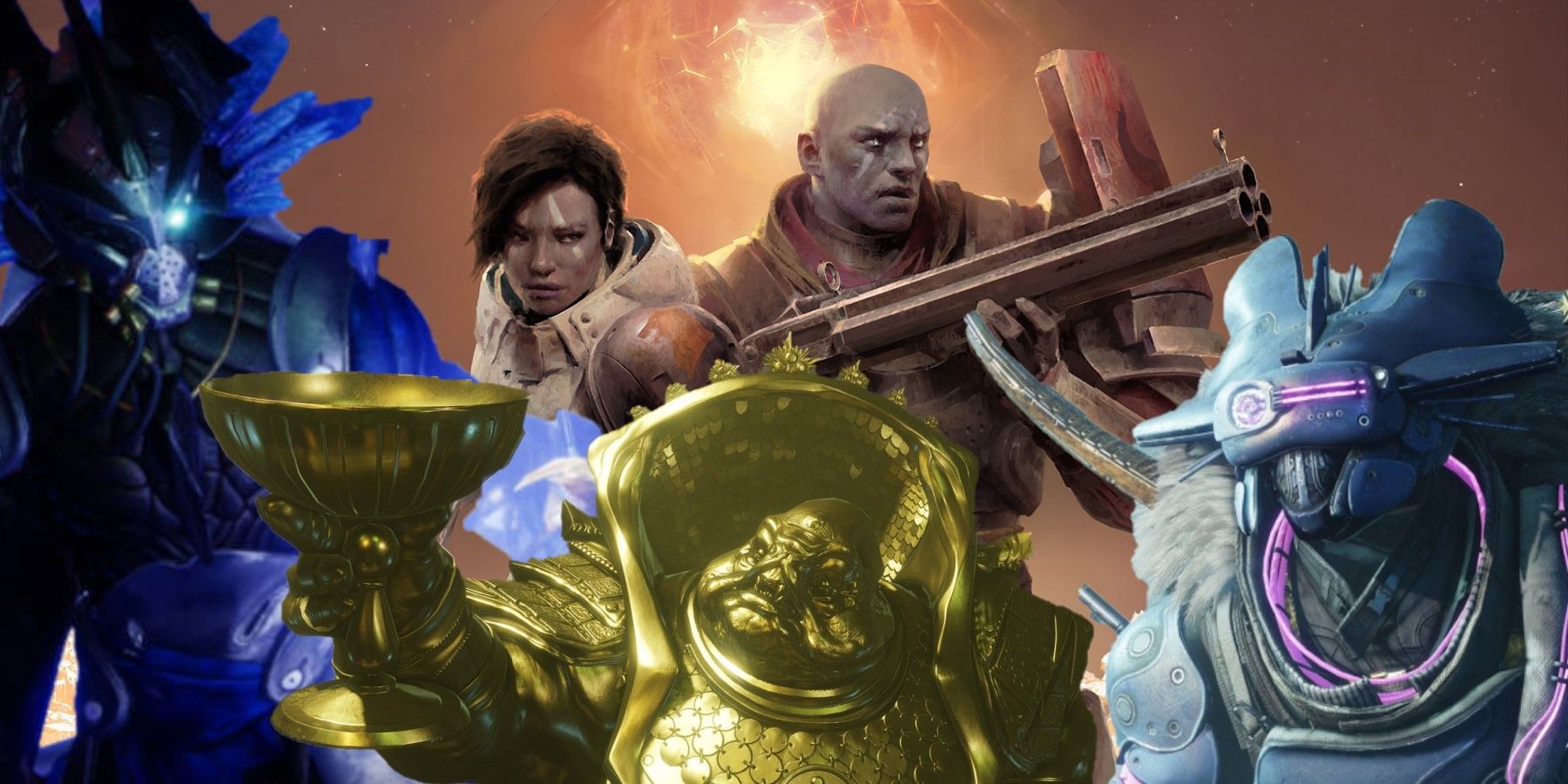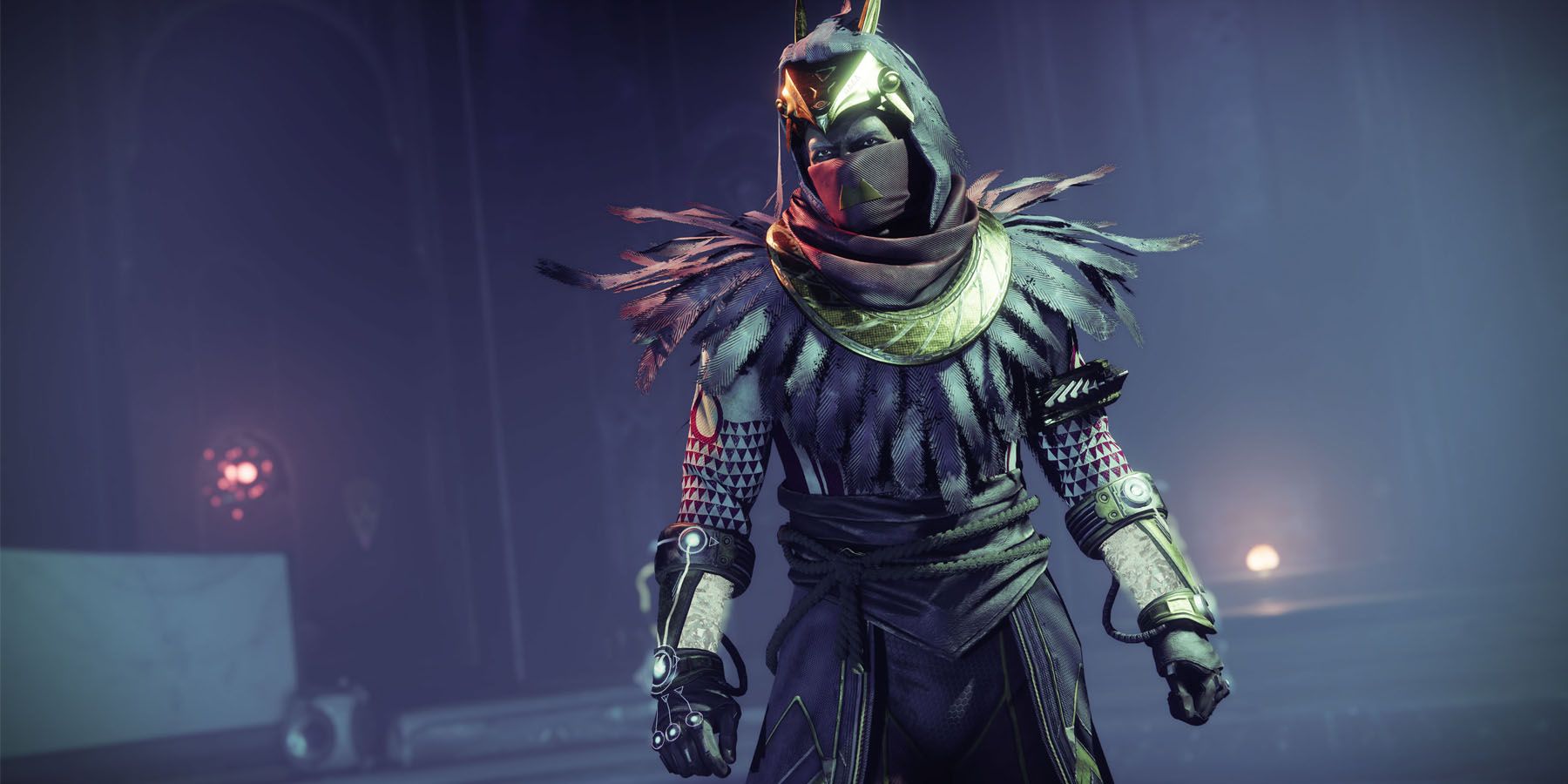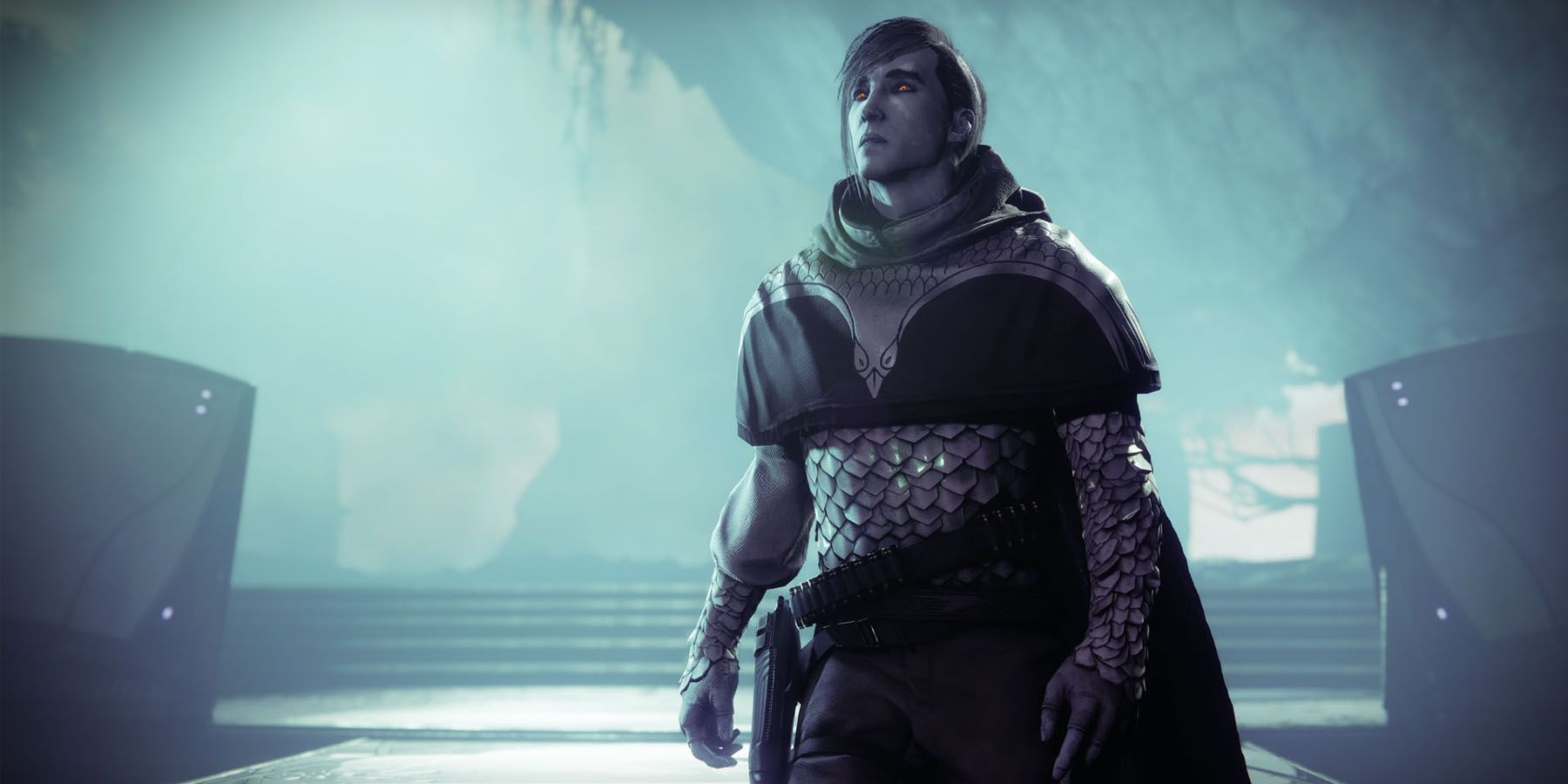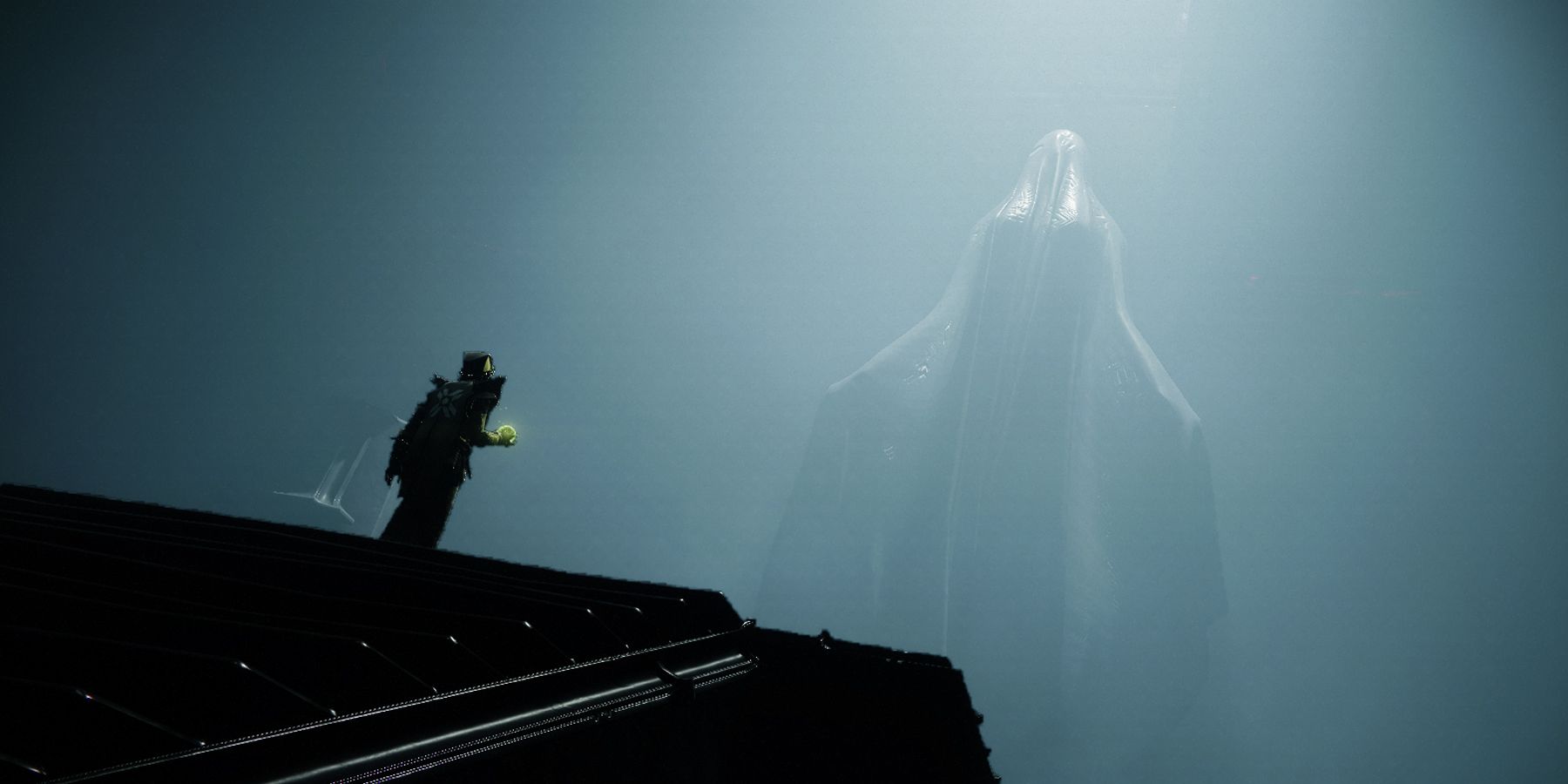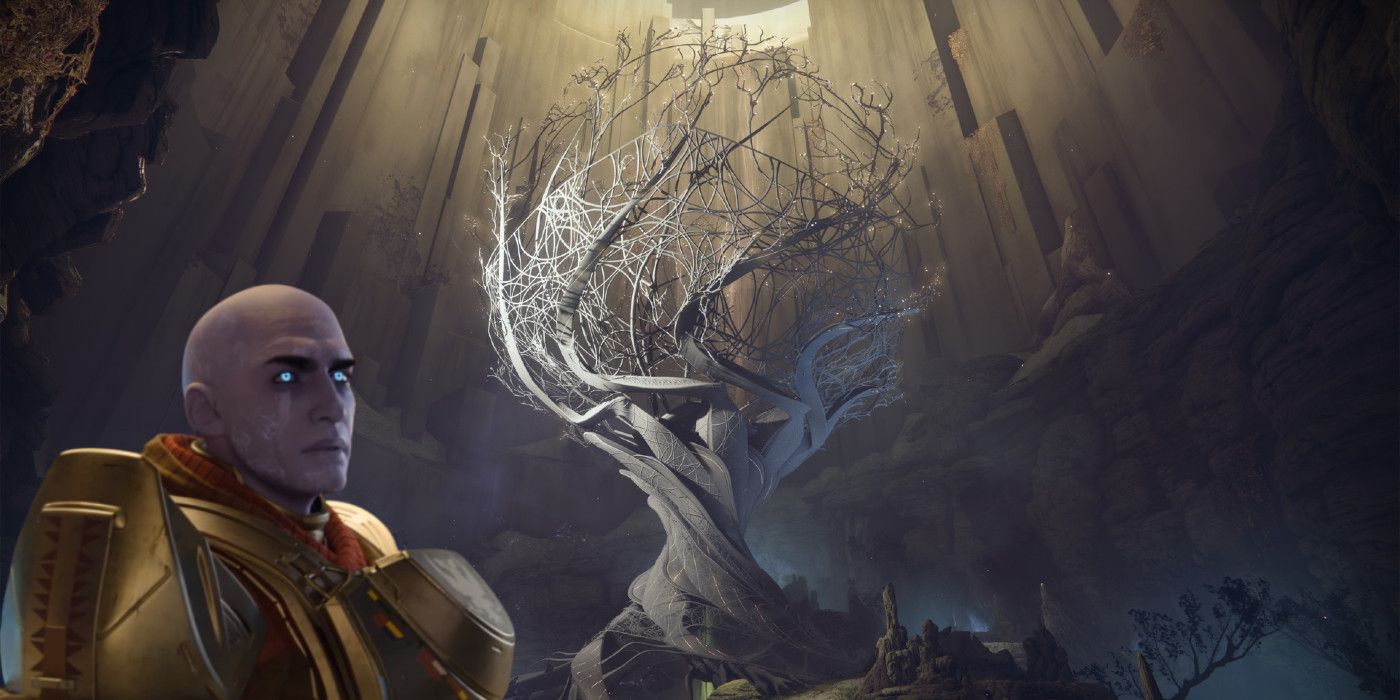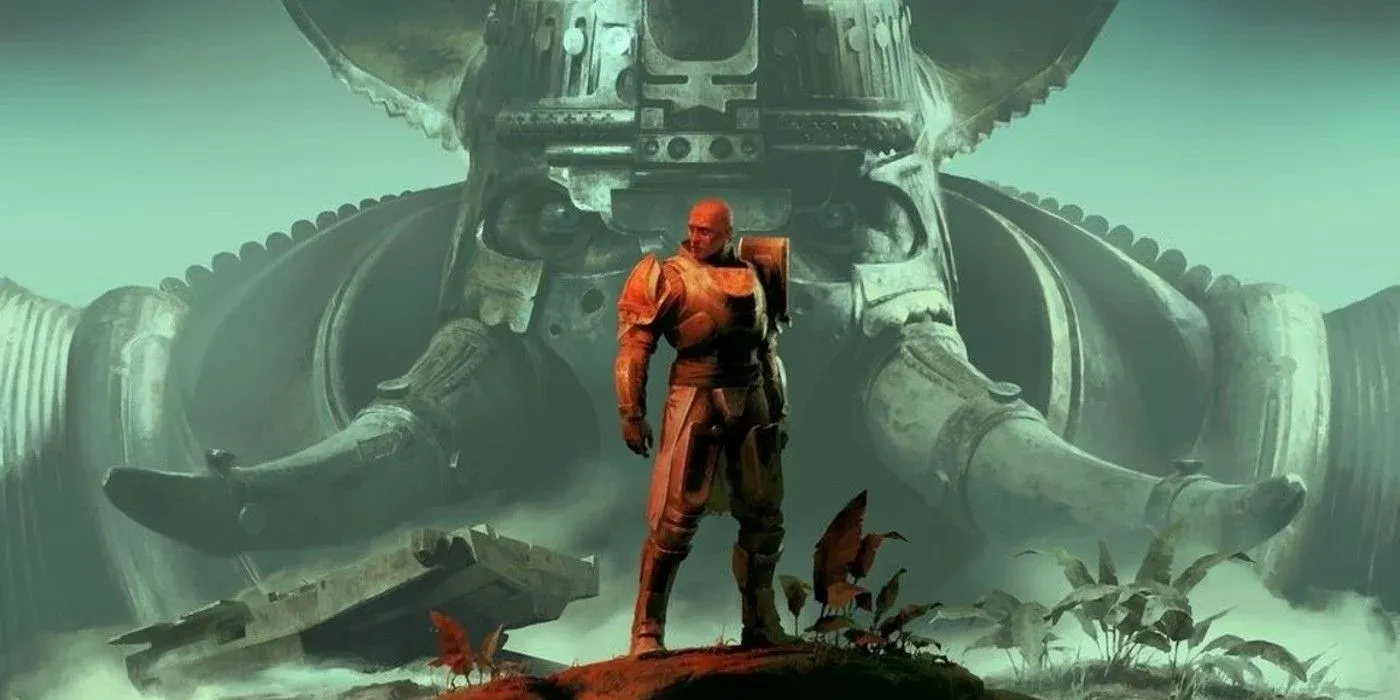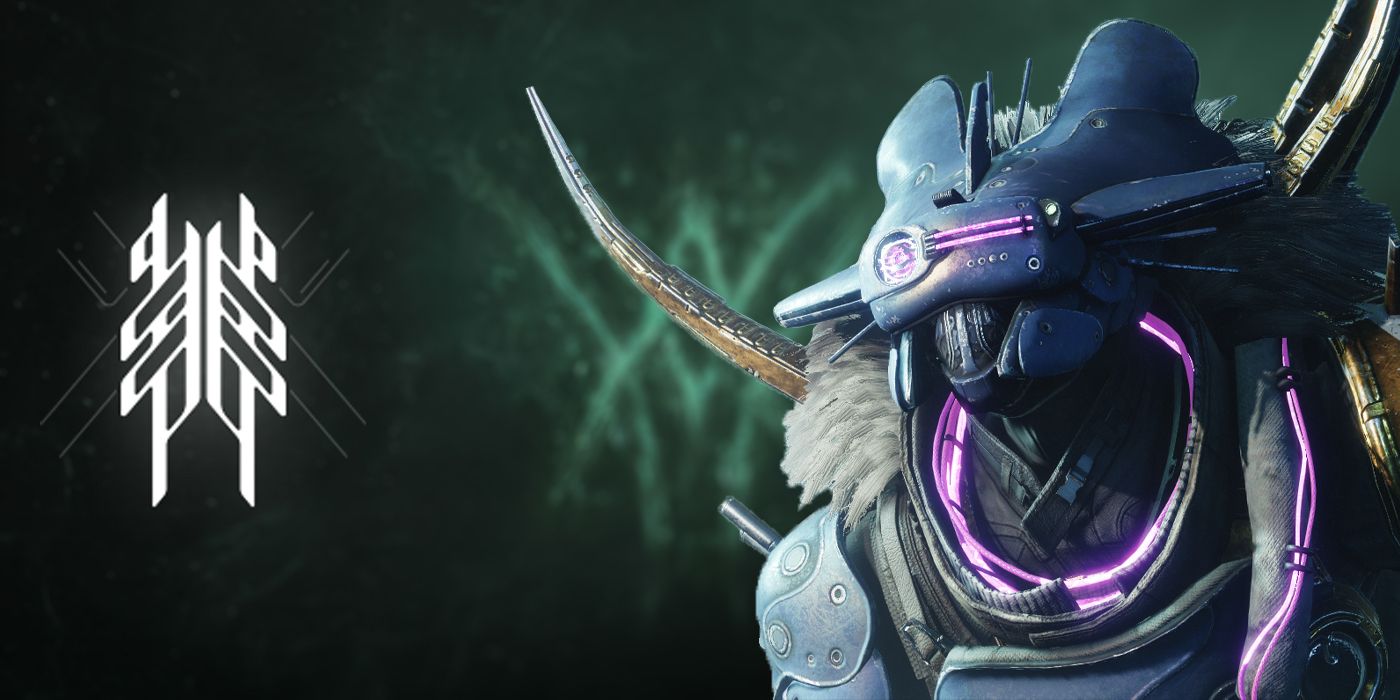Destiny 2 wasn't at its best when it launched, despite the story being decent and the Leviathan Raid being great, but the issue to many players was that there wasn't enough content overall. This issue stuck around during Year 1, but all the following expansions and seasons started to change that in terms of gameplay and narrative too. But now, Destiny 2 is a widely loved game with a prominent fanbase because of the changes and additions it released over time.
Bungie is soon releasing a new DLC for Destiny 2, called the 30th Anniversary Pack, and next year it will be the turn of the next expansion: The Witch Queen. There is a lot of content in the game now, even when seasonal missions and activities eventually go away and more things enter the Destiny Content Vault, and Destiny 2's storyline is reaching incredible heights that will likely only improve with The Witch Queen's release. With 2021 coming to an end soon, and with Season of the Lost being well into its fourth month, now is a great time to reflect on the game's best bits and those that didn't hit the mark.
F Tier
Curse of Osiris - Curse of Osiris was the very first mini-expansion and further release for Destiny 2, and it revolved around rescuing Osiris from the time-traveling Vex in order to prevent a dark future for all of mankind. The expansion took place on Mercury, allowing players to explore the Infinite Forest and farm for exclusive weapons, but Curse of Osiris' campaign could easily be completed in a few hours. The weapons alone simply didn't cut it, despite there being a few good ones in the mix, and the "endgame" it offered consisted of Heroic public events on Mercury - which were so unrewarding that they were turned into memes.
Season of the Undying - This is the season that accompanied the release of Shadowkeep and, like other similar releases, it didn't have much going on for itself. Season of the Undying was all about defeating Vex on the Moon to make sure that the Undying Mind would be gone from every timeline, regaining a foothold on Earth's satellite. Unfortunately, the Vex Offensive activity wasn't great and the narrative, in general, was a bit on the shallow side with a major focus on Shadowkeep.
Season of the Worthy - Season of the Worthy felt to many players like nothing really happened in the story, aside from Destiny 2's first live event regarding the Almighty. The Almighty was Dominus Ghaul's Sun-tethered weapon that could destroy the entirety of Sol during Destiny 2's Red War campaign, and in Season of the Worthy, it's the Guardians' duty to seek Rasputin's help to prevent the ship from colliding with the Last City. The season itself wasn't great, there was a lot of public event farming included, and its redeeming points were the lore books that built up to Season of Arrivals and Season of the Chosen.
D Tier
Joker's Wild (Season of the Drifter) - Joker's Wild was the fourth mini-expansion in Destiny 2's history before it was dubbed Season of the Drifter and Bungie adopted the full seasonal model. Season of the Drifter is the prime example of what Bungie can do story-wise, with a well-developed narrative focused on the Drifter's past, his intentions, and his relationship with the Nine and their Emissary. On the flip side, this season was terrible in terms of gameplay due to the Reckoning game mode, which was not well-thought out and it made many players not want to play it anymore after a few runs.
Season of the Hunt - This season, like Season of the Undying, wasn't really great due to it being the launch Season for Beyond Light, which was truly the focus at the time. Season of the Hunt is easily comparable to Season of the Worthy, with the exception that it introduced the resurrected Uldren Sov as Crow, the Lightbearer, and it featured a Lightless Osiris who would reveal himself only months later to actually be Savathun, the Witch Queen. The actual plot of Season of the Hunt and gameplay were far from optimal, but it was a great turning point in Destiny 2's history.
C Tier
Warmind - The second mini-expansion to come to Destiny 2, Warmind was when Bungie reintroduced Ana Bray and Rasputin as main characters in the series, while also reprising Mars as a location. Warmind's story was underwhelming, and it only partly redeemed Curse of Osiris thanks to an interesting and fun gameplay loop in the form of Escalation Protocol. This activity allowed players to defeat enemies in waves, which was incredible for farming gear, materials and kills for Exotic catalysts. Overall, Warmind was an alright addition to the game that could have been better.
Shadowkeep - Destiny 2's third yearly expansion was Shadowkeep, which reintroduced an iconic location - the Moon - and an iconic character - Eris Morn. Despite the nostalgia and the great appeal of Hive-centric plot with the aid of Eris Morn, Shadowkeep wasn't a great addition to the game. The campaign was rather short, not very compelling, and it did a poorer job than Season of Arrivals at tieing things together with the Darkness and Stasis. Shadowkeep was also when Destiny 2's Champions and armor rework, which were its best qualities, despite both still needing more work to this day.
Red War - The Red War campaign is often addressed as Vanilla Destiny 2. While not the best from a story perspective, Red War was a great introduction to Destiny 2 and the franchise as a whole, with a bigger focus on heroic moments and meeting the main characters. The campaign was made of smaller bite-sized missions on all of Destiny 2's major planets at the time, which was also a good way to introduce every location and their respective NPCs. Overall, Red War was probably the introductory campaign players needed, but nothing more.
B Tier
Beyond Light - The latest yearly expansion, Beyond Light was released in November of last year, and it was a better continuation of the Light and Dark saga than Shadowkeep. Beyond Light's story was quite good, albeit a little predictable, and it was a great way to introduce the inner conflict of choosing between the Light and the Darkness. Stasis, on the other hand, was shipped in a broken state that would let it dominate the Crucible up until recently. Finally, Beyond Light's greatest sin was to introduce an incredible location, which the Deep Stone Crypt Raid took full advantage of, but not using any of it for more exciting content or other gameplay loops that weren't Empire Hunts.
Season of Arrivals - The culmination of Destiny 2's Year 3, Season of Arrivals was especially good for its Taken focus and Eris Morn's presence. Where Season of Arrivals really shined was its lore, combined with its epilogue and live event. In Season of Arrivals, Savathun was revealed to be interfering with the Darkness and the Black Fleet from communicating with the Guardians after they gained a foothold in Sol. Savathun's intentions weren't clear, and she stroke a deal with Oryx's exiled son, Nokris, to learn more about the art of necromancy. Furthermore, players got to go on evacuation missions at the end of the season for all the vaulted locations: Mercury, Mars, Io, and Titan. This made for more interesting lore regarding each NPC, and it made the Darkness' presence all the more threatening.
A Tier
Season of the Lost - Even though the epilogue for Season of the Lost hasn't been released yet, this season was a good one and it shows. The interactions between each character, with Crow finally discovering the truth about his past as Uldren Sov and Mara's true intentions showing through the cracks of her facade, Season of the Lost is already a great addition to Destiny 2. The gameplay is not too bad, with Astral Alignment and the Shattered Realm offering great locations and more interesting lore, even though the rewards are not excellent. Savathun finally speaks to the Guardians, this season, and it's still unclear whether she will be a friend or foe when The Witch Queen drops.
Season of Dawn - Many players who didn't go through Season of Dawn's questline will be confused by Saint-14's presence in the Tower. The legendary Titan was mentioned in Destiny 2's Curse of Osiris when players went to the Infinite Forest to fight the Vex, where they eventually found Saint-14's grave. Through a device called the Sundial, Osiris was then able to bring Saint-14 back to life by sending the Guardians on a mission to prevent him from dying, also gifting the Titan his signature shotgun: Perfect Paradox. The loot and the narrative were great in Season of Dawn, with the only negative aspect of it being the repetitive and quite boring gameplay involving the Sundial.
Season of the Chosen - Season of the Chosen finally introduced Caiatl, Emperor Calus' daughter, as the Cabal's new leader. Tension arose between her and Zavala, Osiris (actually Savathun), and Lord Saladin, leading to a game of chess of sorts played through Battlegrounds. After two attempts on Zavala's life, Caiatl and the Vanguard finally come to a truce thanks to Crow's intervention and the Guardians' actions in the Proving Grounds Strike on Nessus. One of Destiny 2's highlights is from Season of the Chosen, and it is the secret Exotic mission called Presage, which will unfortunately be vaulted with The Witch Queen. Overall, Season of the Chosen was one of the best in all of Destiny 2.
S Tier
Season of Opulence - Season of Opulence was the closing chapter in the Forsaken annual pass, and it was about Calus calling the Guardians to his ship - the Leviathan, home to several Raids - to entertain him in an activity called Menagerie. Menagerie was hands down one of the best activities in the entirety of Destiny 2, if not the best, and it had just the right enemy density for great farming sessions as well as customized loot. The season also introduced a new Raid, called Crown of Sorrow, which revolved around one of Calus' spies and the Crown of Sorrow artifact - which would years later be found on board of the Glykon in Season of the Chosen. Season of Opulence was Destiny 2 at its finest, and the only slightly underdeveloped bit was the narrative.
Forsaken - Forsaken was the biggest turning point for Destiny 2, which made one of the biggest 180s in the entire industry of video games. Destiny 2's Year 1 was underwhelming for many reasons, and there was no replayable content to look forward to aside from Escalation Protocol. Forsaken changed all that with a super storyline that took players on a personal quest for vengeance against Uldren Sov and the Scorn after they murdered the beloved Cayde-6. Forsaken's campaign introduced two new locations: the Tangled Shore and the Dreaming City. Also, Forsaken came with Destiny 2's best Raid to date - according to many - in the form of the Last Wish, which takes Guardians deep into the Dreaming City to defeat the Taken Ahamkara, Riven of a Thousand Voices.
Black Armory (Season of the Forge) - Destiny 2 players didn't expect Black Armory to possibly top Forsaken in every possible regard aside from the story, and this season is still one of the most beloved in the history of the game. Season of the Forge introduced a lot of content thanks to its several Forges, each with its own bosses and unique mechanics, as well as Niobe Labs - one of Destiny 2's most difficult puzzles ever. Forges rotated in over time, and they provided players with incredible guns, which were lost with sunsetting. There is nothing wrong with Black Armory, and it alone provided the most value out of the entire annual pass (which also included Season of the Drifter and Season of Opulence).
Season of the Splicer - To the surprise of only a handful of players, Season of the Splicer is one of Destiny 2's finest releases, and it easily tops most of them. In Season of the Splicer, players could team with Mithrax, an old ally from the Zero Hour mission in Year 1. The premise was that the Vex plunged the Last City in an endless night, and Guardians had to seek the help of a Sacred Splicer - Mithrax - in order to infiltrate the network and find a solution to the fake night. Season of the Splicer created internal conflicts with Future War Cult's leader, Lakshmi-2, due to her hate for Eliksni, the newfound allies of mankind. Saint-14 also got one of the best character arcs in the entire game, and this was the season where Osiris' motivations and actions became suspicious enough that many players ended up predicting he was actually Savathun in disguise. The gameplay was not as great as Menagerie, but it was good, and the rewards were awesome.
Destiny 2 is available for PC, PS4, PS5, Stadia, Xbox One, and Xbox Series X/S.

